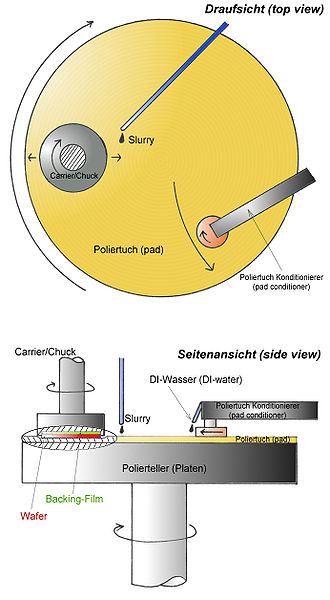Platen
Platen refers to a flat platform or surface used in various mechanical and printing processes. In the context of machinery and manufacturing, a platen is an essential component that serves multiple purposes depending on the specific application. This article will explore the different uses of platens in industries such as printing, manufacturing, and material testing.
Uses in Printing
In the printing industry, a platen is a flat plate used in a printing press to hold the paper steady and in place during the printing process. In traditional letterpress printing, the platen is the part that presses the paper against the type. The use of platens in printing has evolved with technology, from manual letterpresses to modern digital printing presses, but the fundamental purpose of providing a stable surface for imprinting images or text onto paper remains unchanged.
Manufacturing
In manufacturing, platens are used in various machines for applications such as lamination, embossing, and thermal forming. They are typically heated or cooled to specific temperatures to facilitate the processing of materials. For example, in plastic manufacturing, a heated platen is used in injection molding machines to mold plastic into desired shapes. Similarly, in the production of composite materials, platens are used in presses to cure and bond layers of material under high pressure and temperature.
Material Testing
Platens also play a crucial role in material testing, where they are used in hydraulic presses and other testing machines to apply compressive force to a test specimen. In this context, platens must be precisely machined and maintained to ensure uniform pressure distribution and accurate test results. Material testing applications include determining the compressive strength of concrete, the mechanical properties of metals, and the durability of various materials under stress.
Design and Materials
The design and material of a platen vary according to its specific use. Platens in printing presses are typically made from high-grade steel or cast iron for durability and precision. In manufacturing and material testing, platens may be equipped with heating or cooling systems and are constructed from materials capable of withstanding high temperatures and pressures. The surface of a platen is often treated or coated to resist wear and to ensure it remains flat and smooth over time.
Conclusion
Platens are indispensable components in a wide range of industrial and commercial applications. Their design and functionality have evolved with technological advancements, but their core purpose of providing a stable and precise surface for printing, manufacturing, and testing remains vital. As industries continue to develop, the role of platens is likely to expand, incorporating new materials and technologies to meet the changing needs of manufacturing, printing, and material testing.
| This article is a stub. You can help WikiMD by registering to expand it. |
Transform your life with W8MD's budget GLP-1 injections from $125.
W8MD offers a medical weight loss program to lose weight in Philadelphia. Our physician-supervised medical weight loss provides:
- Most insurances accepted or discounted self-pay rates. We will obtain insurance prior authorizations if needed.
- Generic GLP1 weight loss injections from $125 for the starting dose.
- Also offer prescription weight loss medications including Phentermine, Qsymia, Diethylpropion, Contrave etc.
NYC weight loss doctor appointments
Start your NYC weight loss journey today at our NYC medical weight loss and Philadelphia medical weight loss clinics.
- Call 718-946-5500 to lose weight in NYC or for medical weight loss in Philadelphia 215-676-2334.
- Tags:NYC medical weight loss, Philadelphia lose weight Zepbound NYC, Budget GLP1 weight loss injections, Wegovy Philadelphia, Wegovy NYC, Philadelphia medical weight loss, Brookly weight loss and Wegovy NYC
|
WikiMD's Wellness Encyclopedia |
| Let Food Be Thy Medicine Medicine Thy Food - Hippocrates |
Medical Disclaimer: WikiMD is not a substitute for professional medical advice. The information on WikiMD is provided as an information resource only, may be incorrect, outdated or misleading, and is not to be used or relied on for any diagnostic or treatment purposes. Please consult your health care provider before making any healthcare decisions or for guidance about a specific medical condition. WikiMD expressly disclaims responsibility, and shall have no liability, for any damages, loss, injury, or liability whatsoever suffered as a result of your reliance on the information contained in this site. By visiting this site you agree to the foregoing terms and conditions, which may from time to time be changed or supplemented by WikiMD. If you do not agree to the foregoing terms and conditions, you should not enter or use this site. See full disclaimer.
Credits:Most images are courtesy of Wikimedia commons, and templates, categories Wikipedia, licensed under CC BY SA or similar.
Contributors: Prab R. Tumpati, MD






